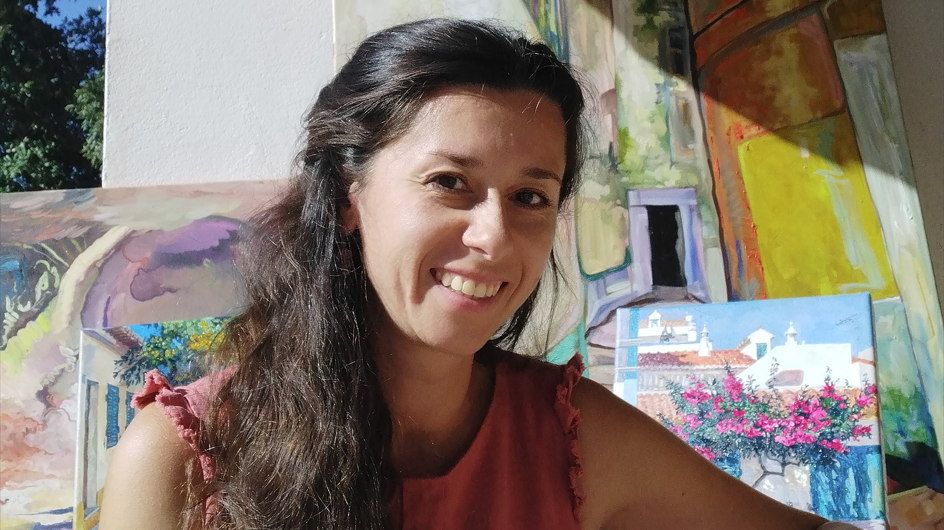This initiative is part of the cultural program of the XVII Aveiro International Biennial of Artistic Ceramics and is the result of a partnership between ICUA and art historian Carlos Xavier Reis.
The tradition of ceramics in the territory that is now China extends from the Neolithic period (10th to 3rd millennia BC) to the present day. Over time, technical advances allowed the quality of ceramics to gradually improve, multiplying the forms and functions of the pieces. The culture of ceramics was thus consolidated and became more complex, until it reached a level of know-how and decoration that became famous, both in Asia and in the West, with the invention of porcelain.
This exhibition aims to showcase the art of ceramic work in China, especially in the Yixing province, through objects associated with the preparation and consumption of tea. While simpler and more functional forms are appreciated, many models demonstrate a great deal of decorative concern.
Teapots of various shapes, colors, and sizes stand out, with symbolic decorations that follow historical and religious references applied to elements of flora and fauna, resulting in images strongly rooted in Chinese culture, and which serve to convey messages with various interpretations.

Thus, dragons, mythical animals long imbued with strong symbolic connotations, are frequently represented, associated both with the figure of the Emperor and, more broadly, with the Orient. In the field of plant forms, pumpkins and lotus flowers stand out, for example, symbolizing prosperity and purity for growing immaculately from swampy waters.
Through more than 60 examples, combining different skills, it becomes clear how Chinese artisans were and continue to be able to create pieces that stand out for the uniqueness of their ornamental motifs and the high level of manual execution, combining tradition and innovation.
The teapots, more than utilitarian, become small works of art, testimonies of a know-how that dates back to immemorial times and whose oldest written records date from the Song Dynasty (960-1279). At the end of the 17th century, Yixing teapots were introduced to Europe along with the first shipments of tea and provided the models for the first Western teapots.
With this initiative, the aim is once again to strengthen cooperation in the educational field between China and Portugal, contributing to improved mutual understanding and friendship between these two countries.
This exhibition will be open to the public until January 18, 2026, Monday to Friday, from 10 am to 5 pm, at the Confucius Institute of the University of Aveiro (Portugal), with free admission.

The Confucius Institute of the University of Aveiro was inaugurated on April 23, 2015, in cooperation with Hanban (Office of the International Council for Chinese Language Teaching) and Dalian University of Foreign Languages (ULED).
This Institute seeks to strengthen centuries-old ties between China and Portugal, notably through support for academic exchanges facilitated by the China-Foreign Language Exchange and Cooperation Center of the Chinese Ministry of Education. It also promotes Chinese language and culture in the Aveiro district, offering all levels of Mandarin teaching (beginner, intermediate, advanced, and higher) through certified Chinese teachers, and is also an evaluation center for the HSK, HSKK, and YCT proficiency exams.
The Confucius Institute of the University of Aveiro is also responsible for teaching Mandarin in primary schools in the municipalities of São João da Madeira, Espinho, and Estarreja, as well as partnering with private institutions, notably the Center for Integral Education (São João da Madeira) and the Duarte Lemos Institute (Águeda).
Over the last decade, this Confucius Institute has promoted the publication of various literary, artistic-cultural, linguistic, historical, and political studies, enhancing intercultural dialogue between China and Portugal, something also reinforced by the journal "Rotas a Oriente" (Routes to the East), an annual publication of scientific research in the field of Sino-Portuguese studies.















I had the opportunity to visit the exhibition and I really enjoyed it. Congratulations on the initiative.
By Carlos M. from Beiras on 21 Nov 2025, 19:16